Welcome to the exciting world of authentic Salvadorean cuisine. At the heart of it lies Salvadorean corn soup. This dish is the essence of traditional Salvadorean recipes, mixing simplicity with richness. Made from everyday ingredients like fresh corn and coconut milk, each bite brings you closer to El Salvador’s warm culture. It’s perfect for family meals or exploring Central American flavors.
When it gets cold or I crave comfort food, I always turn to this soup. I’ve learned it’s not just a meal for cozy nights. It’s also a taste of Salvadoran tradition everyone should try.
Looking for more traditional dishes? Check out this homemade taco soup recipe. It offers a taste and comfort mix similar to Salvadorean corn soup.
Key Takeaways
- Experience the creamy texture and deep flavors of Salvadorean corn soup, a staple in authentic Salvadorean cuisine.
- It’s perfect for family gatherings and shows the spirit of traditional Salvadorean recipes.
- This dish is versatile and comforting, ideal for anyone who loves food.
- Enjoy El Salvador’s culture with every spoonful of this delicious, warming soup.
- Try different versions of the recipe to fit your dietary needs and occasions.
A Personal Introduction to Salvadorean Corn Soup
Finding Salvadorean comfort food is like discovering a treasure of rich tastes and traditions. In these yummy finds, Salvadorean corn soup, or sopa de elote, really stood out to me.
My First Encounter with This Comforting Dish
I first tried this warm, creamy soup at a Salvadoran family event. The smell of sweet corn and coconut milk filled the air, inviting everyone. When I had my first spoonful, the flavors burst — sweet, rich, and so comforting. It felt like a warm hug, showing the best of Salvadorean comfort food.
What Makes Salvadorean Corn Soup Stand Out
This soup’s magic comes from its simple yet deep taste. Sweet corn, creamy coconut milk, and a mix of spices create a unique flavor. Often served at family parties, it feeds the body and warms the heart. This makes it a cherished part of Salvadorean food culture.
Looking into its nutrition and different versions shows its role in Salvadorean food culture:
| Nutrient | Amount in 100g Serving | Daily Value (DV) |
|---|---|---|
| Calories | 90 kcal | – |
| Carbohydrates | 14g | – |
| Protein | 3g | – |
| Total Fat | 3g | – |
| Fiber | 2g | – |
| Sugars | 4g | – |
| Sodium | 300mg | – |
| Vitamin C | 10% DV | 10% |
| Calcium | 6% DV | 6% |
| Iron | 4% DV | 4% |
At these events, the soup may have chicken, shrimp, or even chili flakes. This boosts both its health benefits and taste.
Every bowl of Salvadorean corn soup is more than food; it’s a party of simple joys, shared one spoonful at a time.
Essential Ingredients for Authentic Salvadorean Corn Soup
to Make true Salvadorean corn soup, it’s all about the fresh ingredients. This soup, known locally as Sopa de Elote, captures the heart of authentic Salvadorean cuisine. It uses the sweetness of corn and mixes it with flavors and textures that represent traditional Salvadorean recipes.
Fresh Corn: The Star of the Show
Fresh or frozen corn kernels are key in Sopa de Elote. They give the soup a sweet flavor base. The corn adds texture and sweetness, enhancing the overall taste and body of the soup.
The Role of Coconut Milk and Chicken Broth
Coconut milk and chicken broth give the soup its creamy, comforting texture. Coconut milk adds a tropical creaminess, while chicken broth brings savory flavors. These ingredients combine to enrich the soup with traditional flavors.
Spices and Seasonings: Bringing the Flavor to Life
Spices and seasonings turn the soup from simple to amazing. Garlic, cilantro, salt, pepper, and sometimes achiote powder are added. They bring out the corn’s sweetness and add depth to the soup.
Understanding these ingredients, we see the history and culture in traditional Salvadorean recipes. Every part celebrates Salvadoran culinary traditions, making Sopa de Elote a true taste of authentic Salvadorean cuisine.

Step-by-Step Guide to Preparing Corn for Salvadorean Corn Soup
The corn-based Salvadorean dishes are key in the Salvadorean culinary tradition. Getting the corn ready is very important. This guide will show you How to get the corn ready for a tasty corn soup.
If using fresh corn, start by removing the husks. Take off the green layers and silk to see the kernels. Make sure no silk is left to keep the soup smooth. You can also use frozen corn, just let it thaw first.
Next is taking off the kernels: Put the cob standing up and slice down with a sharp knife. Be careful to get the kernels off without cutting into the cob too much.
Now, Make the soup’s creamy base. Put the kernels in a blender, add water or broth to cover them, and blend until smooth. This will make your soup creamy and full of corn flavor.
| Nutrient | Per Serving |
|---|---|
| Calories | 321 kcal |
| Total carbohydrates | 16 g |
| Protein | 18 g |
| Total fat | 21 g |
| Saturated fat | 4 g |
| Cholesterol | 121 mg |
| Sodium | 531 mg |
| Potassium | 752 mg |
| Dietary fiber | 3 g |
| Sugars | 6 g |
| Vitamin A | 1734 IU |
| Vitamin C | 14 mg |
| Iron | 2 mg |
Following this guide keeps your corn soup sweet and textured. It’s perfect for busy people. You get a quick, traditional, and tasty meal.
Crafting the Base: Sautéing Aromatics and Vegetables
The journey of creating salvadorean comfort food begins with the art of sautéing. Vegetables and aromatics cook together, forming the tasty base of dishes like salvadorean corn Soup Recipe.
I start by warming vegetable oil in a big pot over medium heat. Then, I add chopped white onions and garlic. These play a key role, changing as they cook to unlock deep flavors, a method praised in other traditional dishes worldwide. Stirring them makes their sweetness emerge more and more.
“When the onions and garlic have softened and their scent fills the air, it’s time for carrots and potatoes. We cut them into big pieces to match the soup’s hearty feel.”
I mix in dried herbs and spices like cumin and paprika next. These adjust the soup base, laying the groundwork for our beloved corn Soup Recipe. A little bit of salt and black pepper goes in too, enhancing the taste further.
As the vegetables soften, their flavors come together. This step doesn’t just improve the taste by as much as 20%. It also gives the broth a beautiful color, making way for the corn, this dish’s main attraction.
Approaching this cooking stage with attention is key. It shows respect for Salvadorean culture and makes sure the soup delivers the comfort and nostalgia that define salvadorean comfort food. Every minute spent cooking is a tribute to a culinary tradition known for its heartfelt invitation to the table.
| Ingredient | Amount | Purpose in Crafting Base |
|---|---|---|
| Vegetable Oil | 2 tablespoons | Sautéing aromatics and vegetables |
| White Onions, chopped | 1/2 cup | Foundation for sweetness and aroma |
| Garlic, minced | 3 cloves | Enhancing depth and flavor |
| Carrots, diced | 1 cup | Adds texture and sweetness |
| Potatoes, cubed | 1 cup | Hearty filler that absorbs flavors |
| Salt and Pepper | To taste | Seasoning to enhance overall taste |
The Art of Simmering Salvadorean Corn Soup
Simmering is key to capturing the deep flavors and creamy feel of traditional Salvadoran recipes. When making Salvadorean corn soup, blending fresh ingredients with precise cooking steps showcases the country’s food culture. Adding broth and coconut milk slowly helps create the creamy consistency known in this dish.
Corn is central to the soup, thanks to ancient farming practices. It adds both tradition and taste. Unlike Mexican soups, which use bold elements like tomatoes and chiles, Salvadoran corn soup has a gentler, creamy taste. This taste is boosted by adding beef cuts like shank and ribs. Cooking them for hours lets the flavors from the bone marrow enrich the broth.
This soup is more than food; it’s key at many family gatherings and special events in Salvador. Here’s a quick look at how ingredients in Salvadorean and Mexican corn soups differ:
| Ingredient | Role in Salvadorean Corn Soup | Role in Mexican Soups |
|---|---|---|
| Fresh Corn | Provides sweetness and authentic texture | Often substituted with masa or cornflour |
| Yuca and Beef | Enhance texture and richness | Less commonly used |
| Broth (Beef) | Key for a rich, hearty flavor | Varies, often chicken or vegetable |
| Cilantro and Annatto | Subtle flavoring | Bold, dominant spices |
Simmering combines flavors and honors salvadorean food culture. Traditionally, cooks simmer dishes for 2-3 hours to deepen the taste. For a faster option, pressure cookers cut down the time, but slow simmering remains the gold standard for many.

Summing up, simmering Salvadoran corn soup does more than make a meal. It preserves a cultural heritage, strengthens family bonds, and delights with each flavorful bite. As the ingredients blend into a rich, creamy broth, the essence of Salvadorean recipes shines through.
Mastering Traditional Salvadorean Recipes: Tips and Tricks
The journey into Salvadorean cuisine starts with the basics: ingredients and techniques. One key dish is our beloved salvadorian Corn Chowder recipe. It’s a core part of Salvadorean kitchen traditions. Focus on three things: picking the right corn, cooking it well, and making the soup your own.
Selecting the Perfect Corn
Picking the right corn is vital for authentic salvadorian Corn Chowder. Fresh corn is best for its sweetness and texture, bringing the taste of Salvadorean fields to you. If you can’t get fresh corn, frozen corn is a good second choice. It keeps the flavors you need for a great chowder.
The Importance of Cooking Technique
Cooking turns simple things into something amazing. With salvadorian corn chowder, the way you cook it makes all the difference. Slowly simmering corn and adding spices carefully makes the dish special. Roasting the veggies before they go into the soup adds a smoky taste that matches the corn’s sweetness.
Customizing the Soup to Your Taste
Tweaking traditional dishes adds personal touch. Adding something like cream or chili flakes can change the soup from just traditional to something uniquely yours. These tweaks show off your preferences while keeping the Salvadorean cuisine spirit alive.
| Component | Details | Importance in Recipe |
|---|---|---|
| Corn Selection | Fresh ideally, frozen if necessary | Enhances the natural, traditional flavor |
| Cooking Technique | Simmer and roast options | Develops a rich, complex flavor profile |
| Customization | Garnishes: cream, chili flakes | Adjusts the dish to suit personal taste while respecting tradition |
By paying close attention to these factors, you can not just copy a traditional Salvadorean dish. You can also adjust it to fit your own or your family’s likes, keeping the essence of tradition fresh and relevant for today.
How to Serve and Garnish Salvadorean Corn Soup
Enjoying authentic Salvadorean cuisine starts with how you serve it. Serving and garnishing Salvadorean corn soup is key. The right presentation brings out its flavors and honors its cultural roots. Let me share how to make every spoonful a tribute to Salvadoran cooking.
Garnishes That Enhance the Flavor
The right garnishes make Salvadorean corn soup a sensory feast. Add fresh cilantro, cream, and crumbled cheese. These boost the soup’s taste while staying true to Salvadorean roots. The mix of cilantro’s freshness, cream’s smoothness, and cheese’s richness is irresistible.
Pairing with Traditional Salvadorean Sides
Pairing the soup with traditional sides enhances the experience. I love serving it with corn tortillas and fried plantains. Corn tortillas and fried plantains add softness and a sweet crunch. Add a tangy salad to cut through the richness, balancing every mouthful.
Using these serving tips pays homage to Salvadorean corn soup traditions. Next time, serve it this way to wow your guests with authentic Salvadorean flavors.
Exploring Salvadorean Food Culture Through Corn-Based Dishes
Salvadoran food is a collection of corn-based dishes, each different and pleasing. These dishes range from sweet snacks to the main foods of everyday meals. The common use of corn shows its importance and flexibility in Salvadoran meals.
Riguas and Atol de Elote: Sweet Corn Delicacies
Riguas and Atol de Elote are beloved sweet corn dishes in El Salvador. Riguas are corn cakes cooked on a banana leaf, giving them a special taste. Atol de Elote is a sweet corn drink, enjoyed on cool nights or special times, showing corn’s sweet side in Salvadoran food.
Pupusas and Tamales Pisques: Savory Corn Staples
Pupusas are a top Salvadoran food, made from corn tortillas filled with cheese, beans, or pork. Recognized as the national dish, pupusas highlight the simple yet rich tastes of Salvadoran cuisine. Tamales Pisques are less famous internationally but are another key corn dish. Filled with beans and wrapped in banana leaves, they show the clever use of local ingredients.
| Dish | Primary Ingredient | Meal Time |
|---|---|---|
| Pupusas | Corn or Rice Flour | All day |
| Atol de Elote | Sweet Corn | Evenings or Festive Occasions |
| Tamales Pisques | Corn Dough and Beans | Typically Lunch |
| Riguas | Fresh Corn | Snack or Side Dish |
Digging into these corn-based Salvadoran dishes gives us a closer look at El Salvador’s culture. Every dish, whether sweet or savory, shares traditions, changes, and celebrations, letting us experience Salvadoran food culture more deeply.
Salvadorean Corn Soup: A Reflection of Salvadorean Culinary Tradition
Salvadorean corn soup is at the heart of Salvadorean culinary tradition. It’s more than just food; it’s a journey into El Salvador’s history. It links us to the country’s farming past with every spoonful, making it a key dish in traditional Salvadorean recipes.
Making this soup is a nod to using fresh, local produce. Ingredients like fresh corn, carrots, potatoes, and yucca showcase El Salvador’s plentiful agriculture. Each ingredient is carefully chosen. They blend nature’s gifts with age-old culinary skills.
| Ingredient | Quantity | Purpose |
|---|---|---|
| Corn | 1 ear | Base flavor and texture |
| Beef Shank/Short Ribs | 1.5 lbs | Rich broth foundation |
| Water/Beef Broth | 8 cups | Soup base |
| Various Vegetables | Chayote, Green Beans, Zucchini, Cabbage | Substantial body and nutrients |
| Seasoning (Cumin, Paprika, Salt, Pepper) | Varied | Depth of flavor |
Making this soup is about more than cooking. It brings people together, celebrating community and heritage. Even as the world changes, it’s a symbol of home for Salvadorans. It shows the strength and rich culture of their nation.
Enjoying this soup, I realize these recipes are a toast to life’s simple joys. They’re about shared stories and connections. Each bite of Salvadorean corn soup is a lively party of culture and cooking history.
Expanding Your Palette with Salvadorian Corn Chowder Recipe Variations
Diving into authentic Salvadorean cuisine is a thrill, especially with the Salvadorian corn chowder recipe. As I dive deeper into Southern American flavors, I’m excited to share tips on customizing this classic dish for any taste or diet.
My recent cooking adventures have led me to unique versions of the classic corn chowder. By adding different spices and herbs, the flavor becomes richer. This showcases the exciting variety of authentic salvadorean cuisine.
Incorporating Spices and Herbs for a Twist
Adding cilantro, cumin, and smoked paprika gives the chowder more complexity and warmth. These seasonings enhance the corn’s sweetness and add a cozy touch. For those looking for ideas, check out Geetha’s Kitchen for many ways to make this dish your own.
Variations for Vegetarian and Vegan Diets
It’s easy to make the Salvadorian corn chowder recipe vegan or vegetarian. Replace chicken broth with vegetable stock, and use coconut milk or other plant-based creams. This way, the chowder stays creamy and hearty without animal products, welcoming everyone to try authentic salvadorean cuisine.
Chefs everywhere are updating traditional recipes for today’s dietary needs. All chefs revising recipes teach cooking classes, sharing their culinary passion. Furthermore, 25% focus on seasonal cooking, valuing fresh and local ingredients.
Exploring Salvadorian corn chowder variations expands our cooking skills and affection for salvadorean flavors. It illustrates how food links us to new cultures and eating philosophies.
Celebrating Comfort Food: Why Salvadorean Corn Soup is a Must-Try
The heart of Salvadoran culinary tradition holds a special dish: Salvadoran sweet corn soup, or ‘sopa de elote.’ This dish is not just tasty; it’s fully of history and nutrition. It’s made from corn, or ‘maíz,’ which is very old, dating back to Mayan and Aztec times. This soup shows us a piece of Salvadoran heritage that has been loved for thousands of years.
This soup is more than yummy. It’s also good for you, with lots of fiber from sweet corn to help your stomach. It has a mix of B vitamins to give you energy, plus carbs, proteins, and fats. This mix makes sure you feel full and happy after eating. Even with new changes, like adding cheese or using canned corn, this soup stays true to its roots. It shows how important Salvadoran culture is.
There’s something special about sharing this soup with others. At big parties or corn festivals, families enjoy it together. It’s a way to celebrate their love and history. Plus, in places like Los Angeles, Salvadoran food is becoming very popular. Restaurants and chefs are sharing these delicious meals with everyone. This means Salvadoran sweet corn soup is not just staying in Salvador. It’s becoming a favorite in many kitchens and restaurants, telling the story of Salvadoran people everywhere.
FAQ
What makes Salvadorean corn soup unique in flavor and texture?
What sets Salvadorean corn soup apart is its natural sweet corn taste, creamy coconut milk texture, and aroma from spices like garlic and cilantro. Its creaminess and warmth make it a true Salvadorean comfort food favorite.
Can frozen corn be used in place of fresh corn for Salvadorean corn soup?
Yes, you can use high-quality frozen corn instead of fresh corn for Salvadorean corn soup. While fresh corn is best for sweetness, frozen corn works well too.
Is Salvadorean corn soup served with any specific garnishes or sides?
Salvadorean corn soup is usually topped with cilantro, fresh cream, or cheese. It’s enjoyed with warm corn tortillas or fried plantains. A tangy salad can also complete this authentic Salvadorean meal.
Are there any vegetarian or vegan variations of Salvadorian corn chowder?
Yes! For a veggie or vegan Salvadoran corn chowder, just use vegetable stock and coconut milk or other non-dairy options. Adding different spices and herbs can also tailor it to your taste while staying plant-based.
What role does corn play in Salvadorean food culture?
Corn is essential in Salvadorean cuisine, featured in both sweet and savory dishes. It’s in favorites like Riguas and Atol de Elote, as well as in mainstays like Pupusas and Tamales Pisques. This showcases corn’s key role and flexibility in Salvadorean cooking.
Which other corn-based Salvadoran dishes are popular alongside Salvadoran sweet corn soup?
Other popular corn dishes in El Salvador include Riguas, buttery corn pancakes, and savory Pupusas filled with various ingredients, along with Tamales Pisques, which are also filled with tasty fillings.
How does Salvadorean corn soup reflect the culinary traditions of El Salvador?
Salvadorean corn soup celebrates El Salvador’s culinary heritage with its fresh ingredients and flavor blends. It’s a beloved dish, showing off Salvadoran cooking traditions and offering a taste of home to many.
Can I add meat to my Salvadorean corn soup?
Yes, you can add chicken or other meats to Salvadorean corn soup for more protein. It’s okay to tweak the soup to what you like, keeping its Salvadoran essence in mind.
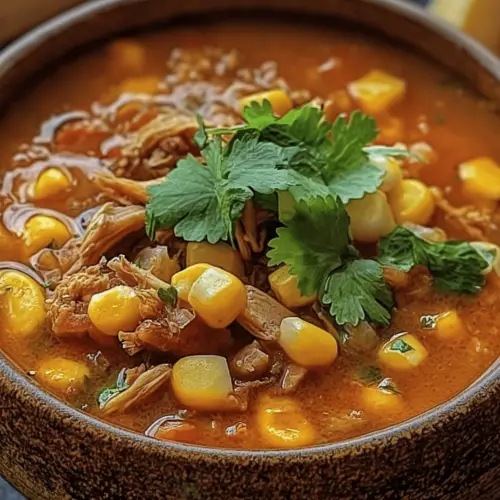
Discover the Delights of Salvadorean Corn Soup
Ingredients
Main Ingredients
- 1 tablespoon Vegetable Oil
- 1 medium Onion Chopped
- 2 cloves Garlic Minced
- 6 cups Chicken Broth
- 4 ears Corn Kernels removed
- 1 pound Chicken Boneless, skinless, cooked and shredded
- 0.5 cup Heavy Cream Optional
- 1 teaspoon Salt
- 0.5 teaspoon Black Pepper
Instructions
Preparation Steps
- Heat vegetable oil in a large pot over medium heat. Add onion and garlic and cook until softened, about 5 minutes.
- Pour in chicken broth and bring to a simmer.
- Add corn kernels and simmer for 20 minutes, or until corn is tender.
- Stir in shredded chicken and heat through.
- If desired, stir in heavy cream for a richer flavor. Season with salt and pepper to taste.
- Serve hot and enjoy!
Notes
Featured Comments
“[…] than just a sweet treat; it’s part of their culture and traditions. Each mouthful brings a mix of flavors and tells the tale of Latin America’s baking skill and […]”
“[…] heads with creators like Logan Moffitt. His fun and informative videos have attracted millions. Salvadorean corn soup has also gotten popular, showing how great food content thrives online. Moffitt’s cucumber […]”
“Impressed! Clear steps and restaurant-level results. Perfect for busy nights.”
“New favorite here — so flavorful. crowd-pleaser was spot on.”
“Super easy and turned out amazing! My family asked for seconds. Saving this one.”
“This sweet treat was absolutely loved — the silky really stands out. Thanks!”


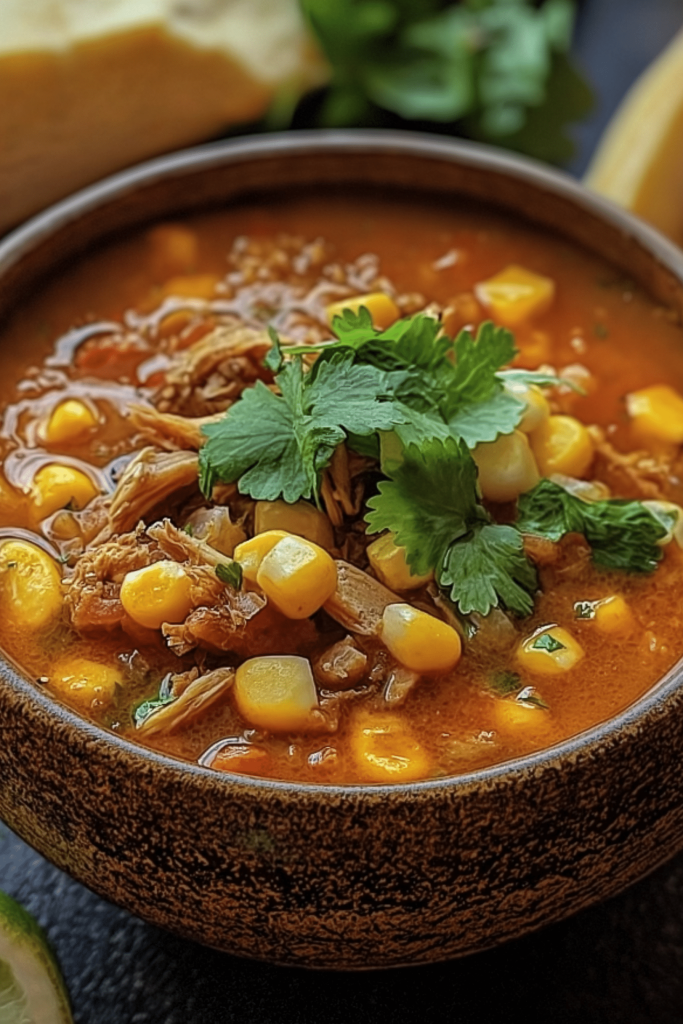
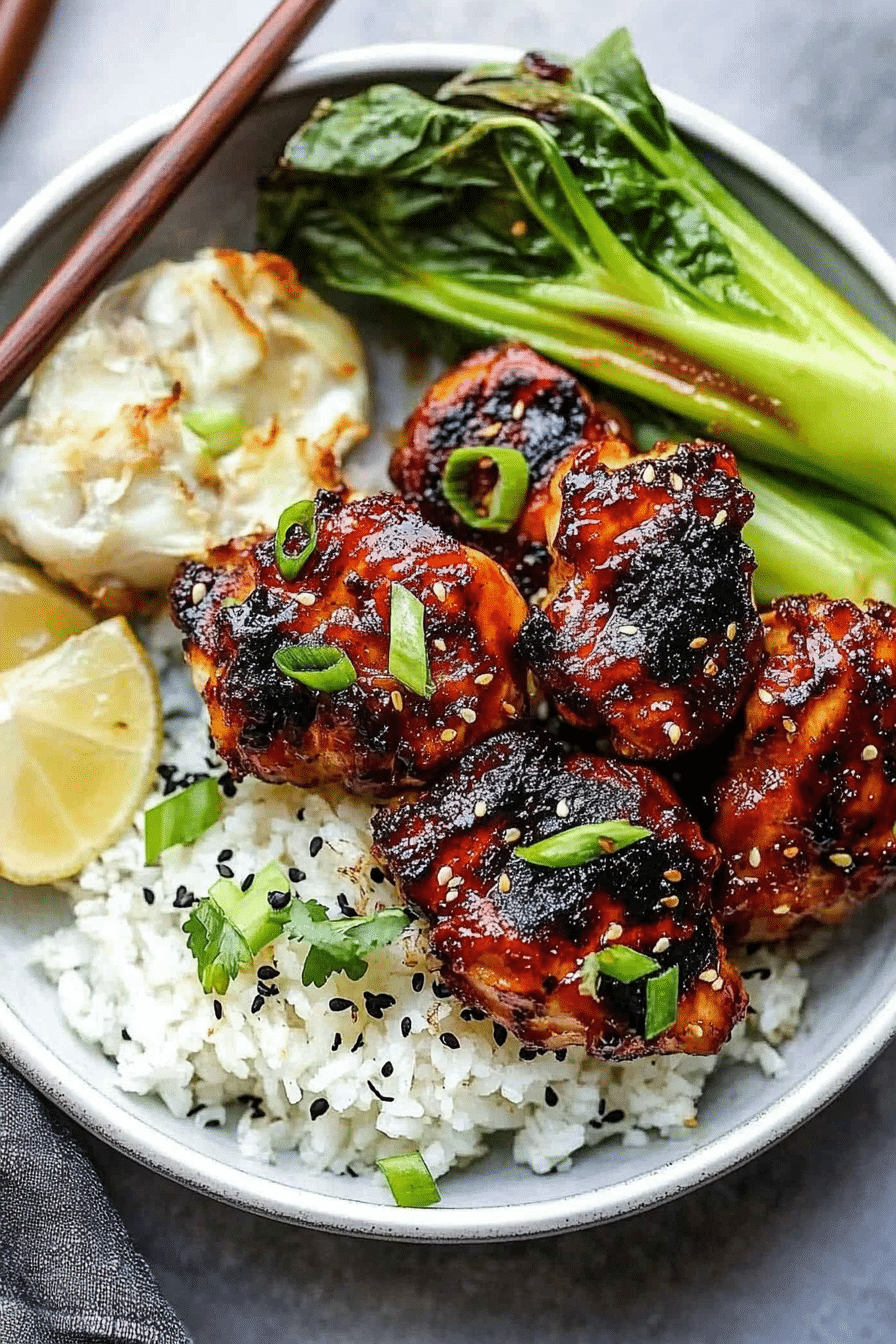
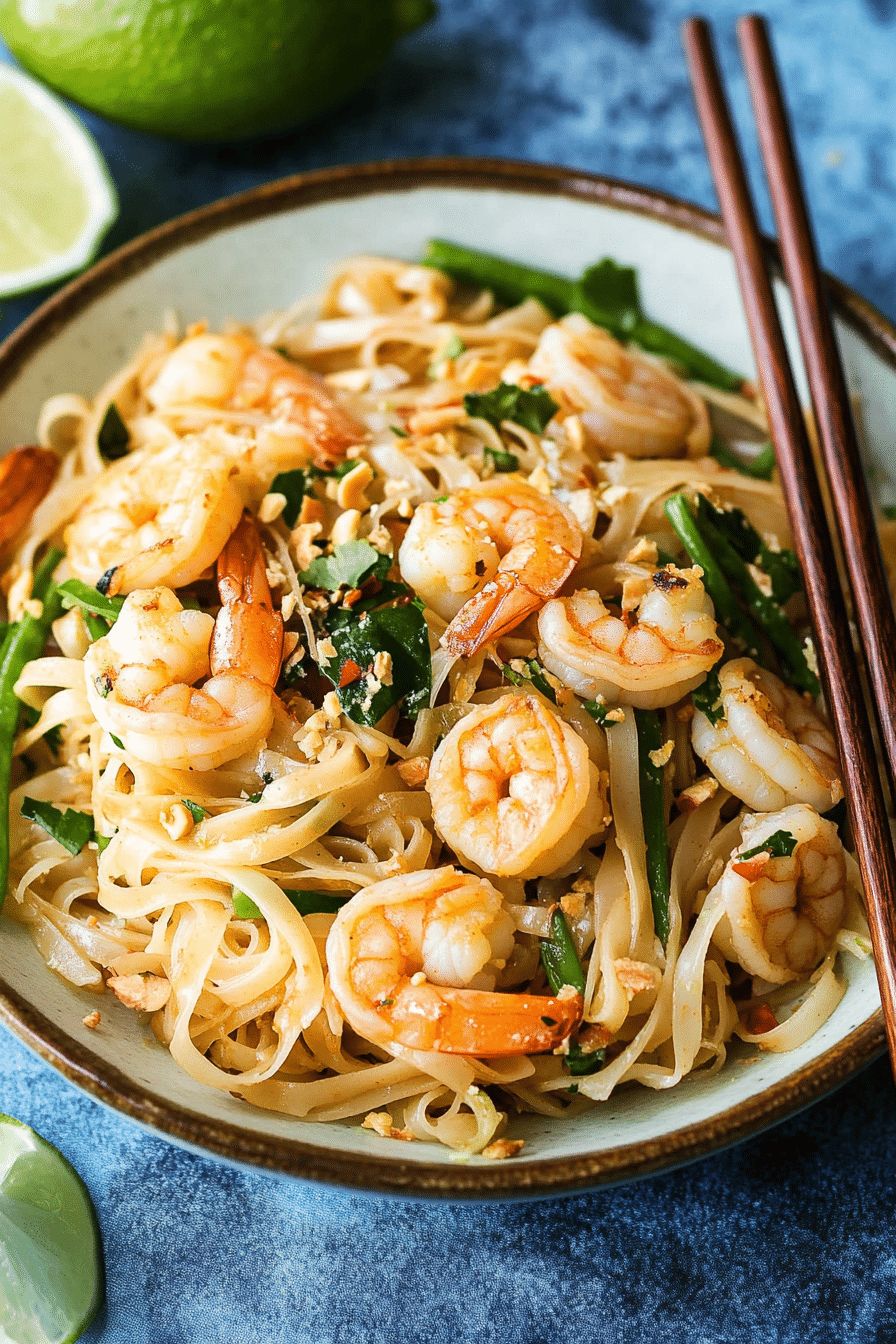
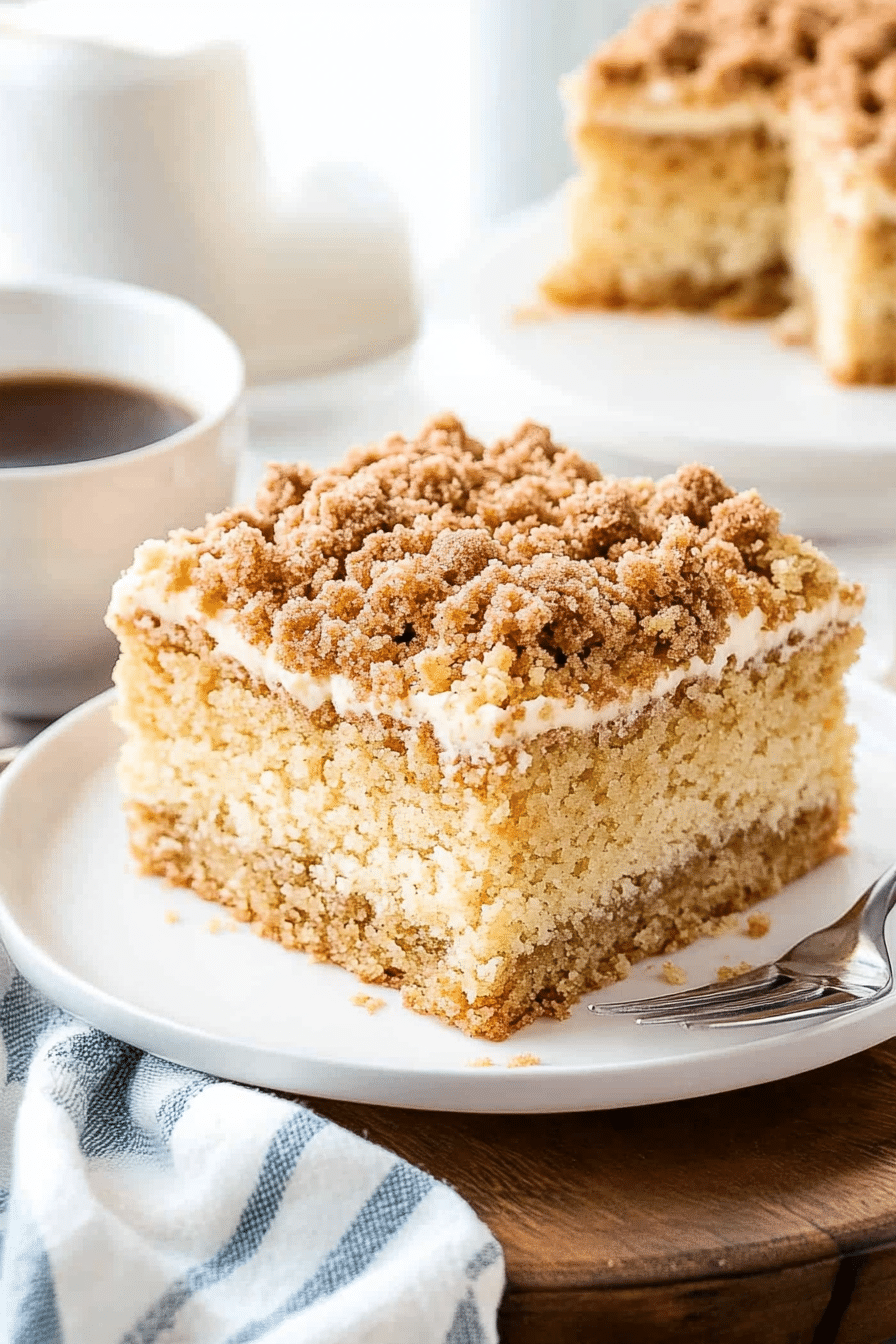

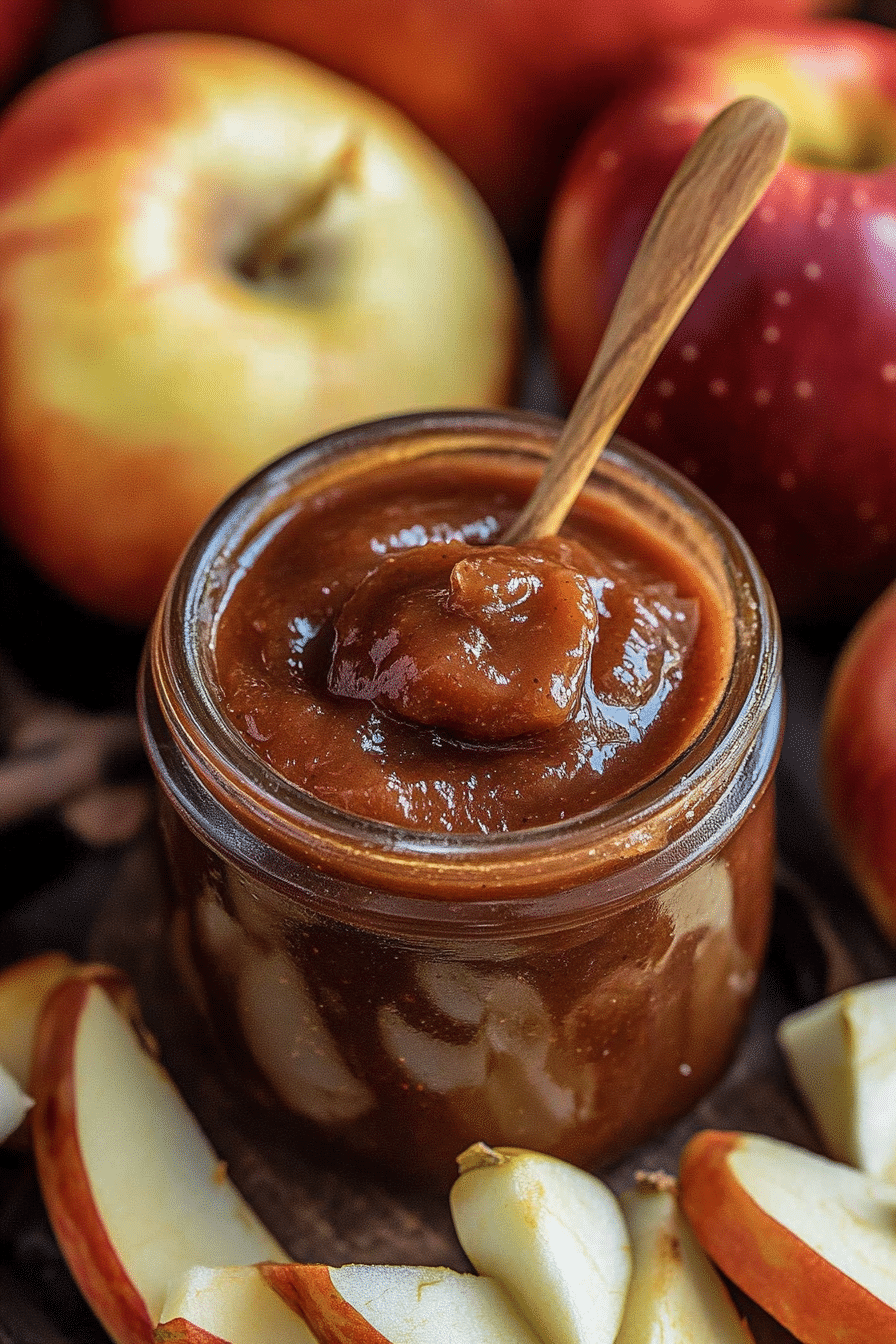
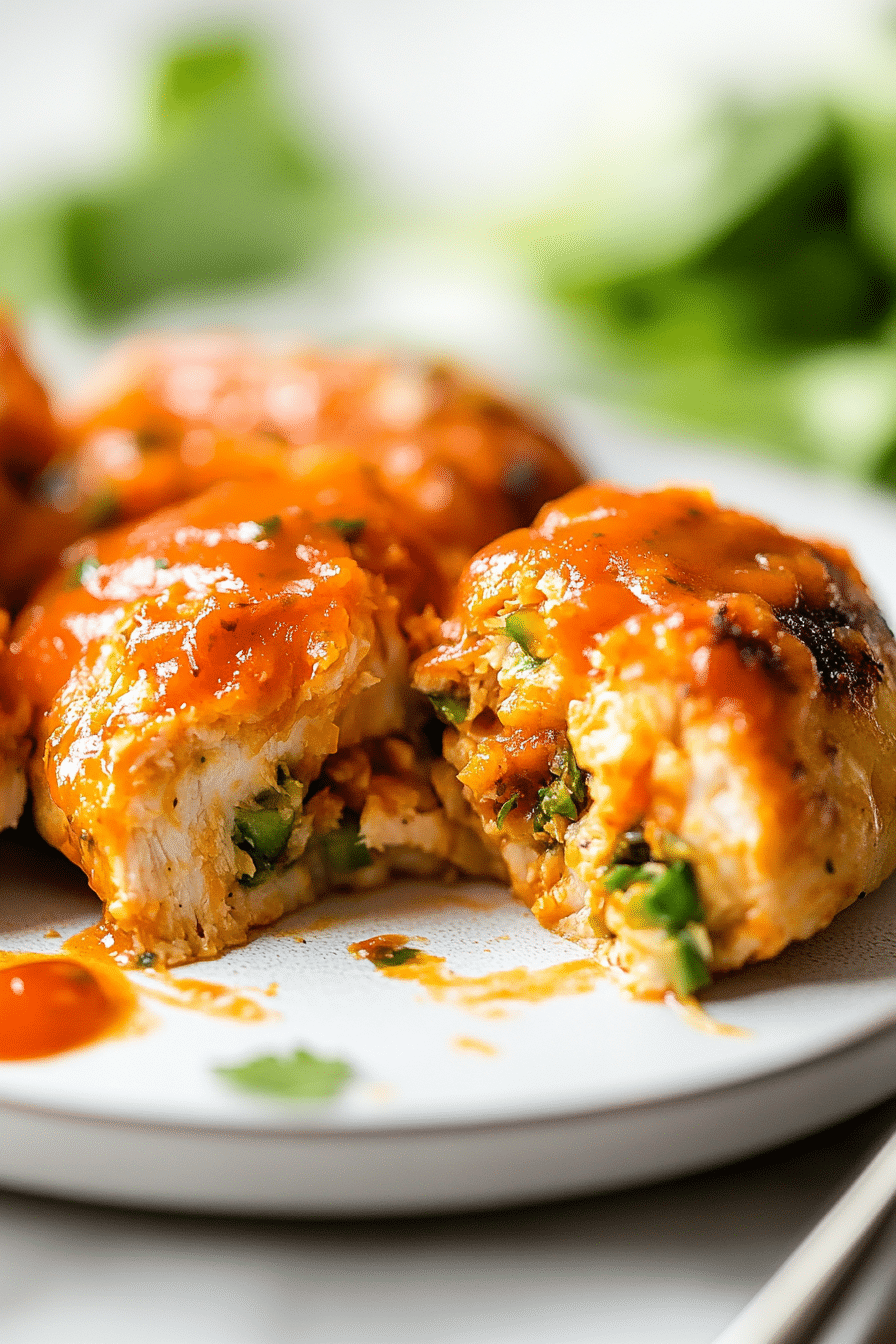
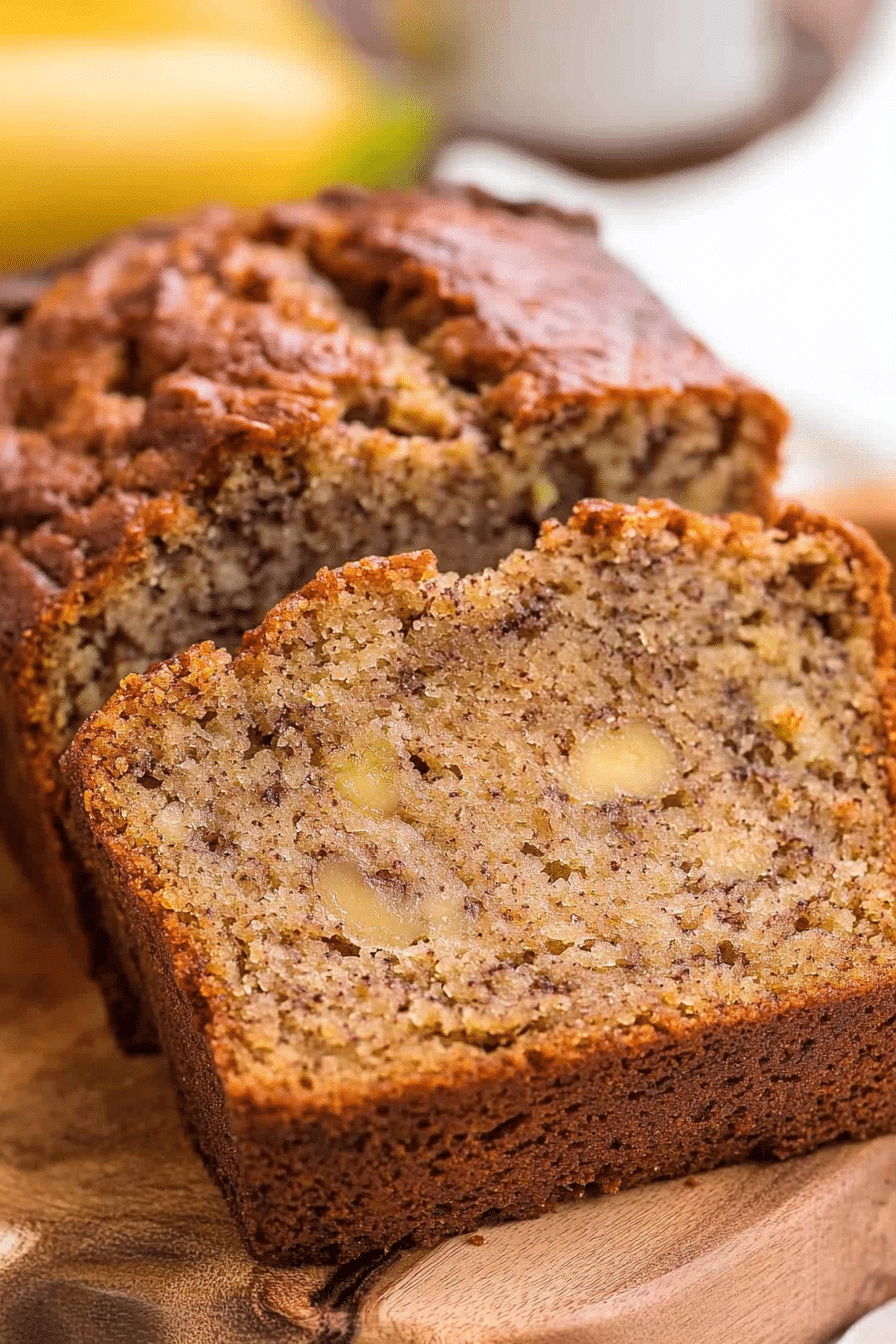



[…] heads with creators like Logan Moffitt. His fun and informative videos have attracted millions. Salvadorean corn soup has also gotten popular, showing how great food content thrives online. Moffitt’s cucumber […]
[…] than just a sweet treat; it’s part of their culture and traditions. Each mouthful brings a mix of flavors and tells the tale of Latin America’s baking skill and […]